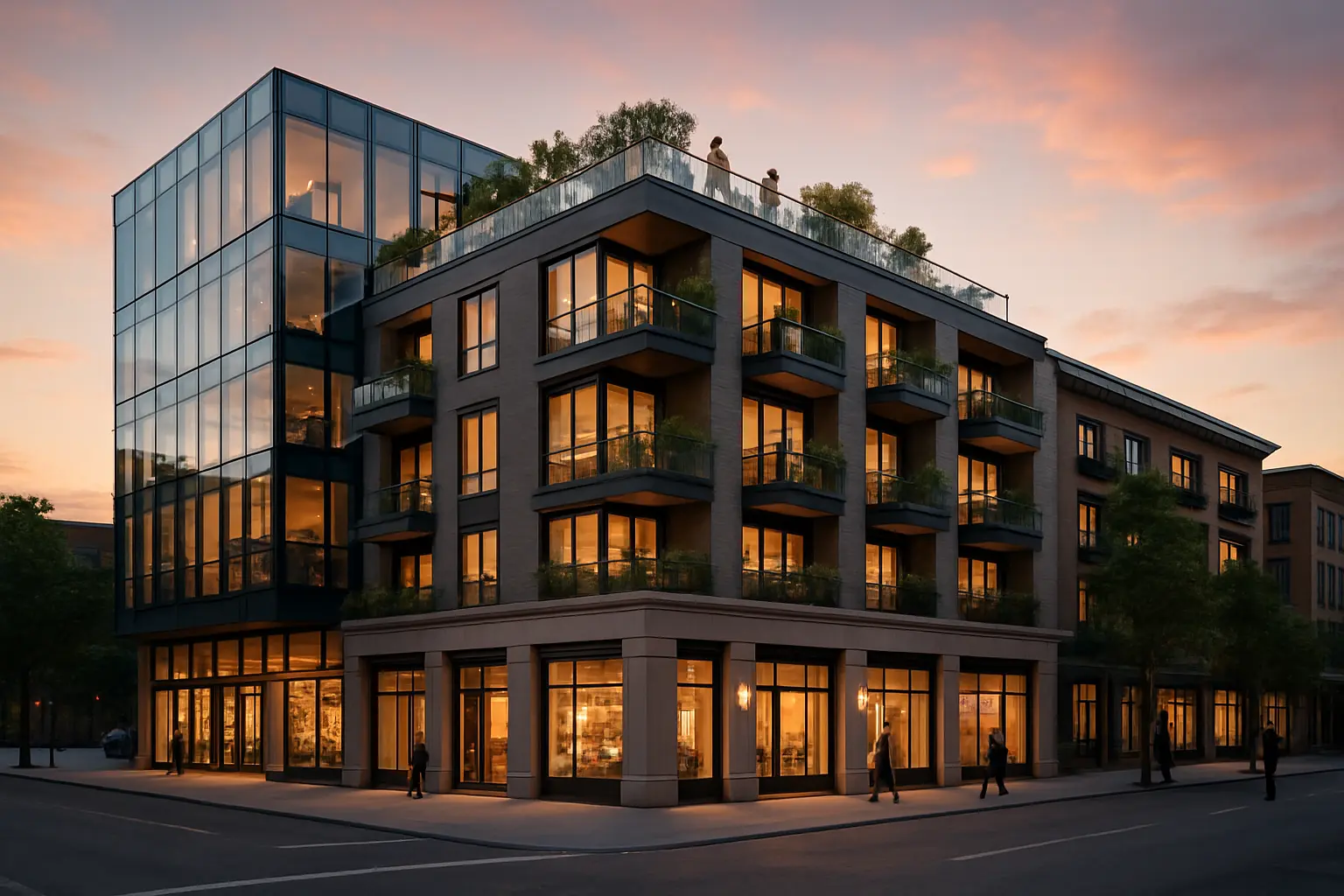From Empty to Extraordinary: Converting Commercial Spaces into Mixed-Use Masterpieces
Discover how savvy investors are transforming traditional commercial properties into thriving live-work communities that maximize ROI

The Rise of Mixed-Use Development
In today's evolving urban landscape, mixed-use developments have emerged as the cornerstone of modern city planning. These versatile properties are revolutionizing how we think about commercial spaces, creating dynamic environments where people can live, work, and play within the same building complex.
The surge in demand for mixed-use spaces stems from several key factors:
- Changing lifestyle preferences - Young professionals and empty nesters alike seek walkable communities with immediate access to amenities
- Environmental consciousness - Reduced commute times and efficient use of space contribute to sustainability goals
- Economic efficiency - Property owners benefit from diverse revenue streams and increased property values
Key Considerations for Conversion
Converting commercial properties into mixed-use developments requires careful planning and attention to detail. Success hinges on understanding and addressing several crucial elements:
Regulatory Framework
Before beginning any conversion project, investors must:
- Research local zoning laws and obtain necessary permits
- Ensure compliance with building codes and safety regulations
- Consider parking requirements and traffic impact studies
Structural Assessment
A thorough evaluation of the existing structure is essential to determine:
- Load-bearing capacity for residential conversion
- Plumbing and electrical system requirements
- Potential architectural modifications needed
Design Elements that Sell
Creating appealing mixed-use spaces requires thoughtful design that caters to both residential and commercial tenants. Key features that drive success include:
- Flexible Spaces - Adaptable floor plans that accommodate changing needs
- Modern Amenities - High-speed internet, smart home technology, and energy-efficient systems
- Community Areas - Shared spaces that foster interaction and engagement
- Distinct Entrances - Separate access points for residential and commercial areas
"The most successful mixed-use developments create a sense of place while maintaining the privacy and functionality needed for both living and working."
Maximizing Property Value
To ensure long-term profitability and sustainability, developers should focus on:
Strategic Tenant Mix
- Curate complementary businesses that serve resident needs
- Balance residential unit types to attract diverse tenants
- Create synergies between commercial and residential components
Community Integration
Successful mixed-use developments become neighborhood anchors by:
- Incorporating public spaces and green areas
- Hosting community events and activities
- Supporting local businesses and services
By carefully considering these elements and executing a well-planned conversion strategy, investors can transform underutilized commercial properties into thriving mixed-use developments that generate strong returns while contributing to vibrant, sustainable communities.


